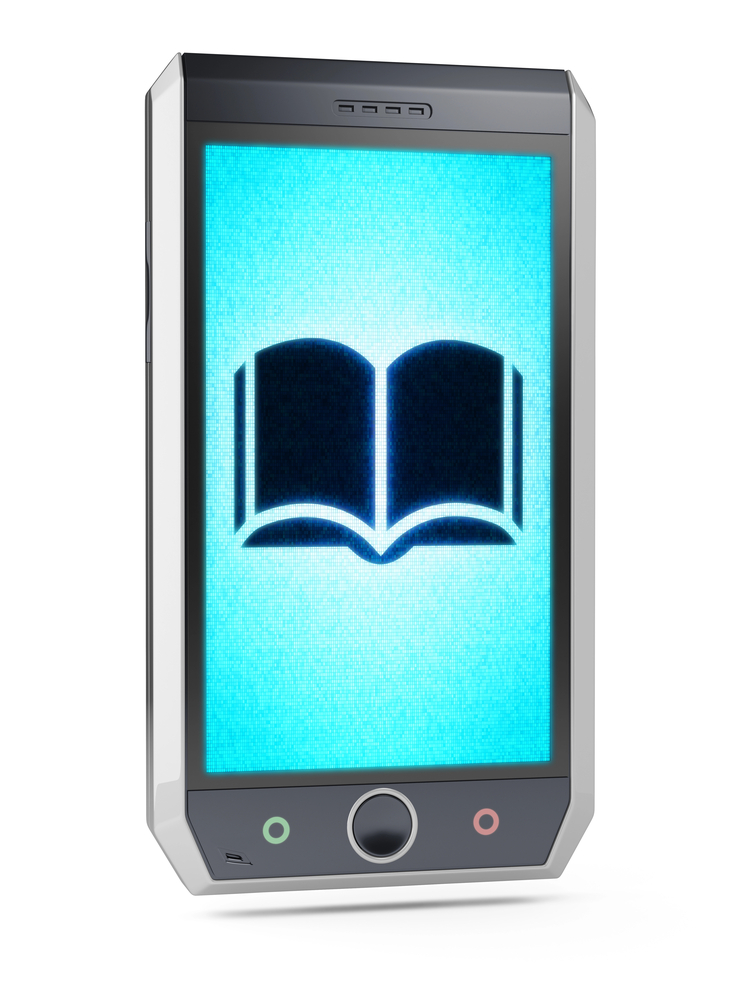
People with vision impairments face unique challenges when it comes to accessing information. However, the resilience and adaptability of individuals with visual impairments shine through as they employ various strategies to read and comprehend documents. In this blog post, we’ll explore the journey of a vision-impaired person as they navigate the intricacies of reading, demonstrating that the love for knowledge and literature knows no boundaries.

Braille
For many vision-impaired individuals, Braille is a lifeline that transforms printed words into a tangible language they can touch. Developed by Louis Braille in the early 19th century, this tactile writing system enables users to read books, documents, and even musical scores with their fingertips. Braille’s significance lies in its ability to empower the visually impaired, allowing them to independently engage with written material.

Audiobooks
Audiobooks have revolutionized the way vision-impaired
individuals experience literature. With the rise of digital platforms and
advancements in technology, a vast library of audiobooks is accessible at the
touch of a button. Whether it’s fiction, non-fiction, or educational material,
audiobooks provide a dynamic and immersive reading experience, allowing
individuals to absorb information through the spoken word.
user-friendly.

Screen Readers
In the digital age, screen readers play a pivotal role in helping vision-impaired individuals access online content. These software applications use synthetic speech to read aloud the text displayed on a computer screen or mobile device. With features like text-to-speech and keyboard shortcuts, screen readers enable users to browse websites, read emails, and engage with digital documents seamlessly.

Magnification
For individuals with low vision, magnification tools become invaluable aids. Whether in the form of handheld magnifiers or computer software, these tools allow users to enlarge text, images, and other visual elements. By zooming in on details, vision-impaired individuals can maintain their independence and engage with printed material in a way that suits their individual needs.

Communication, Language
Language matters in understanding disability. Using respectful and person-first language, which prioritises the person over their disability, is important. It’s crucial to be aware of evolving terminology and to listen to how individuals with disabilities describe their own experiences.

Support Networks
Sometimes, the most effective tool for a vision-impaired reader is a helping hand. Support networks, including friends, family, and volunteers, play a crucial role in assisting individuals with visual impairments in accessing and interpreting written information. Whether it’s reading a menu in a restaurant or deciphering handwritten notes, these human connections enhance the reading experience and foster inclusivity.

The Problems
Most websites and documents can’t be correctly read by
assistive technology. Some are partially
accessible Reading order may be wrong, images may not have alternate text or
the biggest issue that they get is unlabelled links and buttons. Imagine hearing click here repeatedly. Where is the link taking you to?

Conclusion
The journey of a vision-impaired person reading a document
is one of resilience, adaptability, and a testament to the human spirit’s
capacity to overcome challenges. From Braille to audiobooks, screen readers to
magnification tools, the arsenal of resources available empowers individuals to
access the world of literature and knowledge. As we continue to strive for
inclusivity, it is essential to recognize and appreciate the diverse ways
people engage with the written word, fostering a society where everyone has the
opportunity to read and learn.
